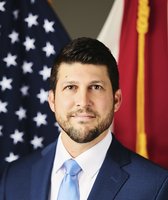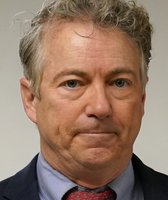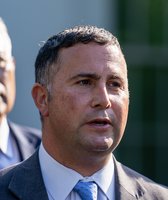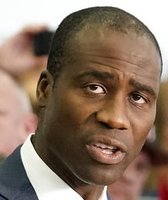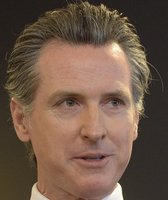Stand up for the facts!
Our only agenda is to publish the truth so you can be an informed participant in democracy.
We need your help.
I would like to contribute
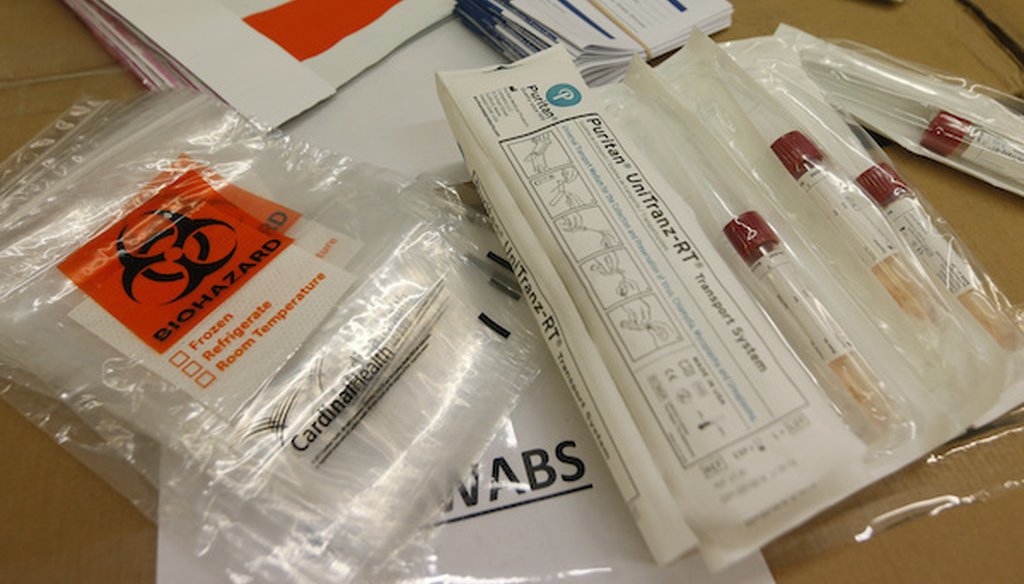
COVID-19 test kits are prepared at the Genetworx clinical lab Wednesday March 25 , 2020, in Glen Allen, Va. (Associated Press)
If Your Time is short
-
The United States has increased COVID-19 testing in recent weeks but more testing is needed to safely reopen the country.
-
The nation’s testing issues range from supply shortages to disorganization.
As government officials assess when and how to reopen the United States economy, health experts say there needs to be more widespread coronavirus testing.
Opening back up amid a testing shortage will limit officials’ ability to detect and subsequently contain future outbreaks.
There are many reasons why COVID-19 testing in the U.S. has been met with so many barriers. Here, we consult with experts to answer questions about the state of testing in the U.S. today, how we got here, and what might come next.
How much are we testing now?
As of mid-April, there have been around 3.2 million Americans tested, which is about 0.9% of the total U.S. population, according to a database kept by the Center for Science and Engineering at Johns Hopkins University.
Numbers continue to fluctuate, but an average of 150,000 Americans are currently being tested for the virus per day.
In a country of 330 million people, this is considered far behind the amount of testing that medical officials say is paramount to safely reopen the country — and for it stay open.
Experts say U.S. testing needs to quadruple or more to between 500,000 and 1 million people tested per day.
Why aren’t we testing more?
There are a variety of reasons why we haven’t had enough large-scale testing and why we still don’t.
These include early missteps, a lack of capacity and testing supplies, and limiting the testing to a handful of small projects rather than an expansive and comprehensive national response.
The Centers for Disease Control and Prevention didn’t send its first diagnostic tests until Feb. 5, more than two weeks after the first COVID-19 case was confirmed in the U.S.
Many of those first kits were faulty and were distributed equally to about 100 public health labs, rather than where they were most needed, forcing hard-hit states to ration tests. Food and Drug Administration regulations also created barriers and slowed down approvals for commercial labs to make tests widely available.
Regional projects have been introduced instead of a national testing campaign.
When President Donald Trump declared a national emergency on March 13, he introduced leaders from major retailers and suggested there would be cooperation between the government and the private-sector to make drive-thru testing available in critical areas.
But an NPR investigation published on April 13 found that there hasn’t been any wide scale implementation of drive-through tests.
For example, in the month since Trump promised drive-thru testing, NPR reported that CVS opened four sites, while Walmart and Walgreens have each opened two. Target, whose CEO was present at Trump’s address, has not opened any.
RELATED STORY: Trump vowed to bring drive-thru COVID-19 test sites to store parking lots. Where does that stand?
Next comes the lack of supplies.
Medical experts and state government officials say we don’t have enough testing supplies, such as nasal swabs and reagents (the chemical used to run the tests), because many materials are outsourced from other countries and are hard to come by in the midst of a pandemic.
During his daily press briefing on April 15, New York Gov. Andrew Cuomo said there’s not enough lab capacity and equipment in the U.S. to meet testing demand but also acknowledged that it’s "very hard to bring it all to scale quickly."
Cuomo said private-sector companies that are developing tests can’t get enough testing materials and don’t have the machinery to make it happen. Some of the chemical agents that are part of the test aren’t made in the U.S., so it’s an international supply chain issue, as well.
Dr. Krutika Kuppalli, an infectious disease physician and biosecurity fellow with the John Hopkins Center for Health Security, told PolitiFact that the lack of resources is one of the biggest testing challenges right now.
Across the country there have been shortages of swabs and reagents, as well as personal protective equipment for the people running the tests.
"We lack the resources we need to do testing. It’s a supply-chain issue that we haven't accounted for; making sure you have enough to meet the demand. It’s not just about having testing available, it’s a whole chain of things," Kuppalli said. "And there are lab personnel who have to run the test. Those people have to be appropriately protected. You don't want them to get infected in the process of doing the testing."
Why is testing so important now that the curve is starting to flatten in hard-hit areas?
Testing, experts say, is not only essential to help keep Americans safe, but it would also ensure that once the country opens, it stays that way.
"We are testing about 150,000 people per day," Dr. Ashish Jha, faculty director of the Harvard Global Health Institute, told PolitiFact. "And in order to implement the reopening of the economy, and only quarantine those who are infected and not see a strong resurgence, is to be testing about three times as much."
"Sheltering in place and widespread testing is a variation of the same strategy, but the latter is far more effective," he continues. "It’s either applying quarantine to everyone, or limiting it to those who are infected. And the only way to separate those populations is to test people. "
Kuppalli issued a similar stance.
"Even if we slowly lift regulations, testing is really going to be the cornerstone to everything we do," she said. "That’s the only way we will be able to monitor whether opening things back up will be problematic. If we don’t, we will be back to square one with a second wave that could wind up being just as bad as the first."
Is testing going to improve? Will it be soon?
That depends on what you consider to be soon.
While the U.S. continues to grapple with its testing woes, Jha said he doesn’t see the goal as insurmountable.
"It's all hard, but none of it is undoable," he said. "The private sector is very good at this, but right now they need coordination, resources, a plan, and a little bit of spirit, and they will rise to the occasion. But they can’t do it by themselves. It needs to be a public-private partnership where both the government and private sector have important roles to guarantee it will get done."
Dr. Joseph Fair, a virologist and epidemiologist, spoke about testing needs on April 13 on MSNBC and said it will likely take a while to get to a million tests per day, which officials have stressed is needed in order to expedite testing and reopen the economy.
"We have 330 million people in this country and for us to all go back to work safely, it's going to require even more than a million tests per day," Fair said on the show. "I do think it's going to take us months to where we can test everyone that needs to be tested, both in a rural or urban setting, and having it really widely available — both (with) the acute tests to tell you if you have COVID-19, and the antibody test."
What about those antibody tests?
Antibody tests, also known as serology tests, reveal whether someone has ever been infected with the coronavirus and are just starting to be rolled out.
RELATED STORY: Antibody tests: The promise and pitfalls of using them to reopen the US
One challenge is that scientists aren’t sure yet how long immunity from a past coronavirus infection will last, and how effective it will be at preventing reinfection.
The accuracy rates of the tests being tried have not been as high as scientists want to see, and most have not been vetted by the FDA, but experts say that useful tests could be available within a few months.
Our Sources
Center for Science and Engineering at Johns Hopkins University, COVID-19 Dashboard, Accessed April 15, 2020
The COVID Tracking Project, US historical data, Accessed April 15, 2020
WhiteHouse.gov, Remarks by President Trump, Vice President Pence, and Members of the Coronavirus Task Force in Press Conference, March 13, 2020
NPR, A Month After Emergency Declaration, Trump's Promises Largely Unfulfilled, April 13, 2020
The New Yorker, What Went Wrong with Coronavirus Testing in the U.S., March 16, 2020
Kaiser Health News, Analysis: The Real Tragedy Of Not Having Enough COVID-19 Tests, April 13, 2020
PolitiFact, Antibody tests: The promise and pitfalls of using them to reopen the US, April 15, 2020
PolitiFact, Did FDA regulations slow testing for the coronavirus?, March 23, 2020
Email interview, Myron Cohen, director of the Institute for Global Health and Infectious Diseases at the University of North Carolina at Chapel Hill’s School of Medicine, April 15, 2020
Phone interview, Dr. Krutika Kuppalli infectious disease physician and biosecurity fellow with the John Hopkins Center for Health Security, April 16, 2020
Phone interview, Dr. Ashish Jha, faculty director of the Harvard Global Health Institute, April 16, 2020






